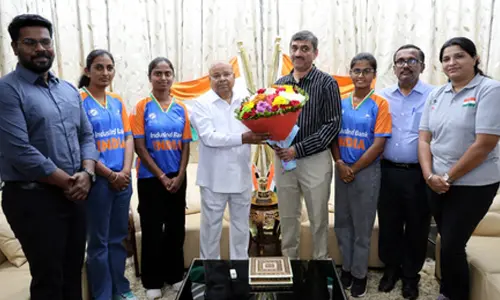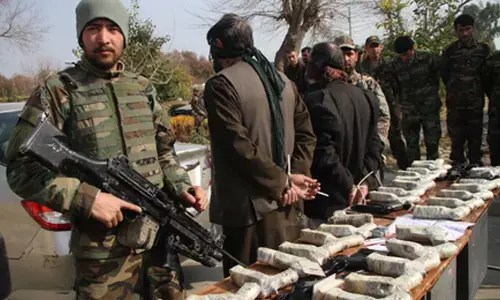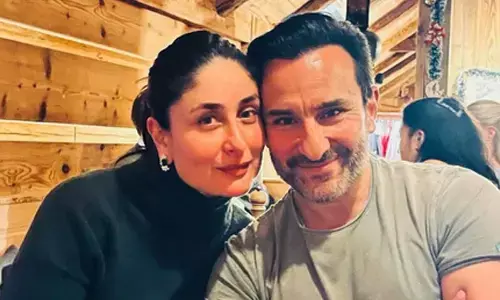Types of plateaus

Plateaus are elevated uplands with extensive level surfaces, and usually descend steeply into the surrounding low lands. They are also referred to as ‘table lands’. Like any other form of high lands, plateaus are also subject to erosion, which change their original characteristics. According to their mode of formation,
Plateaus are elevated uplands with extensive level surfaces, and usually descend steeply into the surrounding low lands. They are also referred to as ‘table lands’. Like any other form of high lands, plateaus are also subject to erosion, which change their original characteristics. According to their mode of formation, they are divided into the following three types:
Tectonic Plateaus
They are caused by earth’s movements that result in the uplifting of plateaus and are normally of a considerable size with uniform altitude. They include continental blocks like the Deccan Plateau in India. While some plateaus are tilted like Meseta of Central Iberia or are faulted like the Harz of Germany.
When plateaus are enclosed by mountain ranges, they are called innermost plateaus. The examples include-The Tibetan Plateau between the Himalayas and the Kunlun and the Bolivian plateau between ranges of Andes. The innermost plateaus are some of the highest and extensive plateaus in the world.
.jpg)
Dissected Plateaus
Through the continental process of weathering and erosion by running water, ice and winds, high and extensive plateaus are gradually worn down and their surfaces made irregular in the humid highlands stream action and sometimes glaciers cuts deep narrow valleys in the plateau and are called dissected plateaus. An example of dissected plateaus is Scottish Highlands.
In drier countries, vertical corrosion by rivers and abrasion by winds dissect the plateaus into steep sided tabular masses termed mesas and butters intersected by deep canyons. This is a common feature of arid and semi-arid areas. Plateaus are very rich in mineral deposits. The African plateau is rich in gold, diamonds, copper, manganese and chromium. In the Brazilian plateau, there are huge resources of iron and manganese, particularly in the Minas Gerais area. The Deccan Plateau has deposits of manganese, coal and iron and the Plateau of Western Australia is rich in gold.
Volcanic Plateaus
These kinds of plateaus are formed by molten lava. When molten lava erupts from the earth’s crust, it spreads onto its surface to form successive sheets of basaltic lava. These solidify to form the lava plateau. Some of the well-known lava plateaus include the Antrim plateau of Northern Ireland and the North Western Plateau of the Deccan Plateau. The most remarkable plateau built by lava is the Columbia-Snake Plateau, which covers an area almost twice as big as Malaysia. Each layer of the lava flow is 100 feet thick and the entire depth of such successive lava layers is estimated to be almost a mile.

The Deccan is a peninsular plateau located in Central India that includes inland sections of the states of Andhra Pradesh, Maharashtra and Karnataka. The Deccan Plateau makes up for most of Central and Southern India. Its name is derived from the Sanskrit meaning "south". The Deccan is delineated by the Western Ghats and the Nilgiri Hills on the south, the Eastern Ghats and the Aravalli and Chota Nagpur hills in the north.
Most Deccan plateau rivers flow south. Most of the northern part of the plateau is drained by the Godavari River and its tributaries, including the Indrāvati, starting from the Western Ghats and flowing east towards the Bay of Bengal. Most of the central plateau is drained by the Tungabhadra River, Krishna River and its tributaries, including the Bhima River, which also run east.
The southernmost part of the plateau is drained by the Kaveri River, which rises in the Western Ghats of Karnataka and bends south to break through the Nilgiri Hills at the island town of Shivanasamudra and then falls into Tamil Nadu at Hogenakal Falls before flowing into the Stanley Reservoir and the Mettur Dam that created the reservoir, and finally emptying into the Bay of Bengal. The two main rivers which do not flow into the Bay Of Bengal are the Narmada and Tapti. They start in the central India and flow into














